Oxygen Therapy for Sleep Apnea: Is It Right for You?

Sleep apnea is more than just a snore; it’s a serious condition that affects millions of people. If you or someone you love has been diagnosed, you’re likely searching for effective solutions. Among the various treatments available, oxygen therapy has emerged as a potential option worth considering. But what exactly does hyperbaric oxygen therapy st paul mn involve? Why might it be beneficial? In this post, we’ll explore how oxygen therapy works for sleep apnea and whether it could be the right fit for your needs. Let’s dive into this vital topic to help you breathe easier at night.
Understanding Sleep Apnea

Sleep apnea is a disorder that affects breathing during sleep, causing it to stop and start repeatedly. These interruptions can range from a few seconds to several minutes, interfering with normal sleep patterns. The most prevalent form is obstructive sleep apnea, which occurs when the muscles in the throat become too relaxed and block the airway. Another type, known as central sleep apnea, results from the brain failing to properly signal the muscles responsible for breathing. Common signs of the condition include loud snoring, choking or gasping during sleep, and persistent tiredness during the day. Since these episodes usually happen while the person is asleep, many individuals are unaware they have the disorder.
The Benefits of Oxygen Therapy for Sleep Apnea
Oxygen therapy can be a game-changer for those struggling with sleep apnea. Providing supplemental oxygen during sleep helps maintain adequate levels in the bloodstream, reducing the risk of interruptions. One significant benefit is improved sleep quality. Patients often report fewer disturbances throughout the night, allowing for deeper and more restorative rest. Additionally, this therapy may enhance daytime alertness. With better oxygenation at night, individuals wake feeling refreshed rather than groggy. Another advantage is its potential to lower blood pressure.
Proper oxygen flow supports cardiovascular health, which is crucial for anyone dealing with sleep apnea’s associated risks. Patients utilizing oxygen therapy often experience reduced anxiety and stress related to their condition. This boost in mental well-being can lead to an overall enhanced quality of life.
Potential Side Effects and Risks
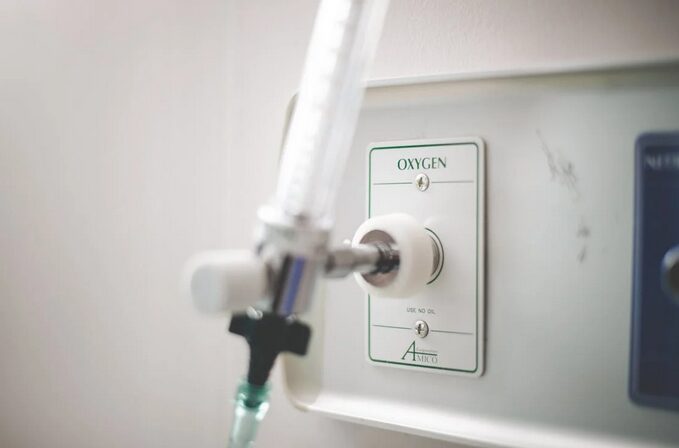
Oxygen therapy can be a game changer for individuals struggling with sleep apnea. However, it’s essential to understand that there are potential side effects and risks involved. Some users may experience nasal irritation or dryness due to prolonged oxygen use. This discomfort can make adherence challenging over time. Additionally, high levels of oxygen might lead to hyperoxia, which is an excess of oxygen in the body.
Symptoms include headaches, dizziness, and even confusion in severe cases. It’s also crucial to consider the risk of respiratory depression if therapy is not properly managed. Monitoring by healthcare professionals ensures safety during treatment. While rare, some people could have allergic reactions to equipment or materials used in oxygen delivery systems. Always consult with your doctor before starting any new treatment plan related to sleep apnea.…

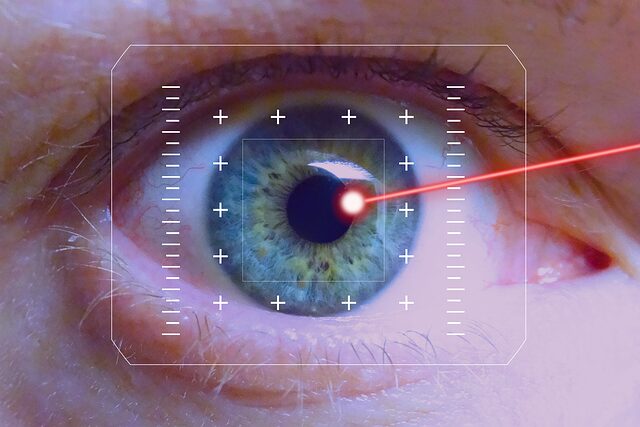
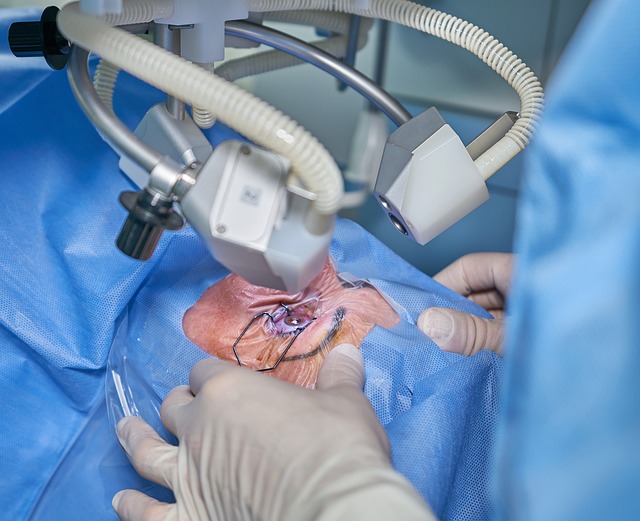

 Pro athletes are no strangers to injuries. The intense physical demands of their sports put tremendous strain on their bodies, increasing the risk of sprains, strains, fractures, and more. But what sets them apart is their unwavering determination to bounce back stronger than ever. Enter Hyperbaric Oxygen Therapy (HBOT), a game-changer in injury recovery. HBOT basically involves breathing pure oxygen in such a setup, pressurized chamber, allowing your body to absorb higher levels of oxygen compared to normal atmospheric conditions. This increased oxygen delivery has remarkable healing benefits for injured tissues. How does it work? Well, when you’re injured, blood flow to the affected area decreases due to swelling and inflammation. This restricted blood flow hampers the delivery of essential nutrients and oxygen needed for efficient healing. HBOT helps bypass this roadblock by flooding your bloodstream with high concentrations of oxygen that can reach even hard-to-reach areas. The result is much faster tissue repair and regeneration.
Pro athletes are no strangers to injuries. The intense physical demands of their sports put tremendous strain on their bodies, increasing the risk of sprains, strains, fractures, and more. But what sets them apart is their unwavering determination to bounce back stronger than ever. Enter Hyperbaric Oxygen Therapy (HBOT), a game-changer in injury recovery. HBOT basically involves breathing pure oxygen in such a setup, pressurized chamber, allowing your body to absorb higher levels of oxygen compared to normal atmospheric conditions. This increased oxygen delivery has remarkable healing benefits for injured tissues. How does it work? Well, when you’re injured, blood flow to the affected area decreases due to swelling and inflammation. This restricted blood flow hampers the delivery of essential nutrients and oxygen needed for efficient healing. HBOT helps bypass this roadblock by flooding your bloodstream with high concentrations of oxygen that can reach even hard-to-reach areas. The result is much faster tissue repair and regeneration.

 Bikram yoga is also known as “hot yoga” as Bikram Choudhury created it in the 1970s. It consists of 26 postures and two breathing exercises in a room heated to 105 degrees Fahrenheit with 40% humidity. Bikram yoga is a set sequence every time, which makes it great practice for beginners as they can get used to the same routine.
Bikram yoga is also known as “hot yoga” as Bikram Choudhury created it in the 1970s. It consists of 26 postures and two breathing exercises in a room heated to 105 degrees Fahrenheit with 40% humidity. Bikram yoga is a set sequence every time, which makes it great practice for beginners as they can get used to the same routine. Vinyasa yoga is a more flowing style that is less structured than Bikram yoga. It involves synchronizing breath with a continuous flow of postures, and classes can vary greatly depending on the teacher. Vinyasa yoga is usually practiced in a room heated between 90-95 degrees Fahrenheit, which makes it less intense than Bikram yoga. The heat helps warm the body and increase flexibility, making it easier to enter postures. Vinyasa yoga also helps to build strength, improve balance, and reduce stress.
Vinyasa yoga is a more flowing style that is less structured than Bikram yoga. It involves synchronizing breath with a continuous flow of postures, and classes can vary greatly depending on the teacher. Vinyasa yoga is usually practiced in a room heated between 90-95 degrees Fahrenheit, which makes it less intense than Bikram yoga. The heat helps warm the body and increase flexibility, making it easier to enter postures. Vinyasa yoga also helps to build strength, improve balance, and reduce stress. Moksha yoga, also known as “Modo yoga, ” was created in Canada in the early 2000s. It is a hybrid of Bikram and Vinyasa yoga, and the sequence of postures varies from class to class. Moksha yoga is practiced in a heated room between 95-100 degrees Fahrenheit and focuses on environmental awareness and social responsibility.
Moksha yoga, also known as “Modo yoga, ” was created in Canada in the early 2000s. It is a hybrid of Bikram and Vinyasa yoga, and the sequence of postures varies from class to class. Moksha yoga is practiced in a heated room between 95-100 degrees Fahrenheit and focuses on environmental awareness and social responsibility.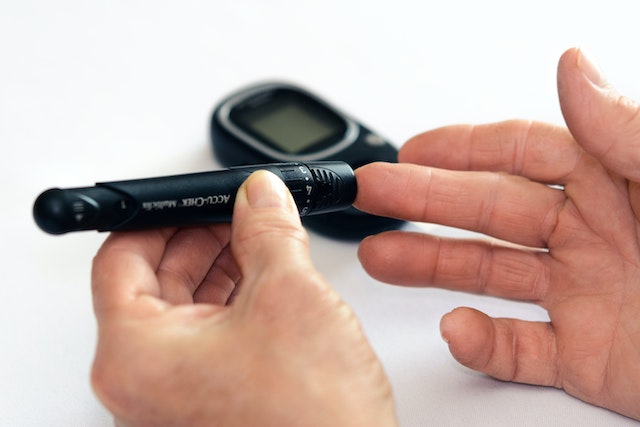
 First off, let’s talk about the most dangerous one of all: the idea that diabetes is a death sentence. While it’s true that diabetes can lead to complications like heart disease, stroke, and kidney failure, it’s important to remember that these are all treatable conditions. In fact, for some people, diabetes may even be reversible.
First off, let’s talk about the most dangerous one of all: the idea that diabetes is a death sentence. While it’s true that diabetes can lead to complications like heart disease, stroke, and kidney failure, it’s important to remember that these are all treatable conditions. In fact, for some people, diabetes may even be reversible. Many people do extreme diets in an attempt to prevent diabetes. But, in most cases, these diets are ineffective and can do more harm than good. For instance, some people believe that eating a very low-carbohydrate diet can help prevent diabetes. But, in reality, this type of diet can actually increase the risk of heart disease and other health problems.
Many people do extreme diets in an attempt to prevent diabetes. But, in most cases, these diets are ineffective and can do more harm than good. For instance, some people believe that eating a very low-carbohydrate diet can help prevent diabetes. But, in reality, this type of diet can actually increase the risk of heart disease and other health problems.
 One of the essential factors in achieving great liposuction results is smooth contours. This means that your surgeon will need to remove the right amount of fat from the right areas to create a smooth, natural-looking result. One way to ensure that your surgeon achieves this is to ask them about their experience and look at before and after photos to get an idea of their results.
One of the essential factors in achieving great liposuction results is smooth contours. This means that your surgeon will need to remove the right amount of fat from the right areas to create a smooth, natural-looking result. One way to ensure that your surgeon achieves this is to ask them about their experience and look at before and after photos to get an idea of their results. Another factor that can lead to great liposuction results has tight, healthy skin before surgery. This will allow your surgeon to remove more fat without causing sagging or dimpling skin. If you have loose skin, your surgeon may still be able to achieve great results, but it may take longer and require additional procedures.
Another factor that can lead to great liposuction results has tight, healthy skin before surgery. This will allow your surgeon to remove more fat without causing sagging or dimpling skin. If you have loose skin, your surgeon may still be able to achieve great results, but it may take longer and require additional procedures. Finally, another factor that can lead to great liposuction results is discreet scarring. This means that your surgeon will place the incisions strategically so that they are not visible when you wear clothes. Additionally, they will use small cannulas to minimize the size of the scars. This will ensure that your results look natural and are not marred by visible scarring. Another great aspect of discreet scarring is that it can help the recovery process as well since there are fewer incisions to heal.
Finally, another factor that can lead to great liposuction results is discreet scarring. This means that your surgeon will place the incisions strategically so that they are not visible when you wear clothes. Additionally, they will use small cannulas to minimize the size of the scars. This will ensure that your results look natural and are not marred by visible scarring. Another great aspect of discreet scarring is that it can help the recovery process as well since there are fewer incisions to heal.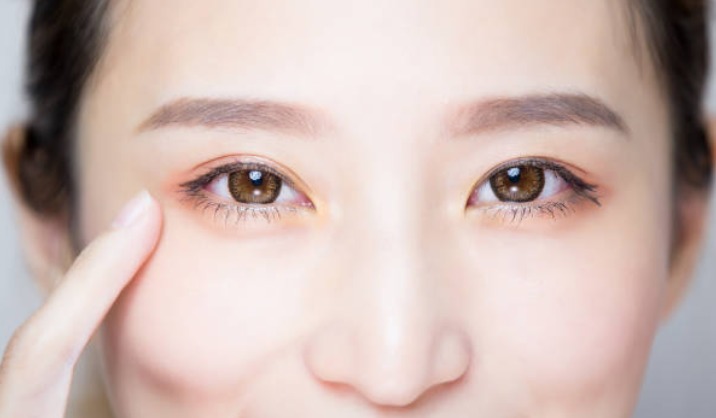
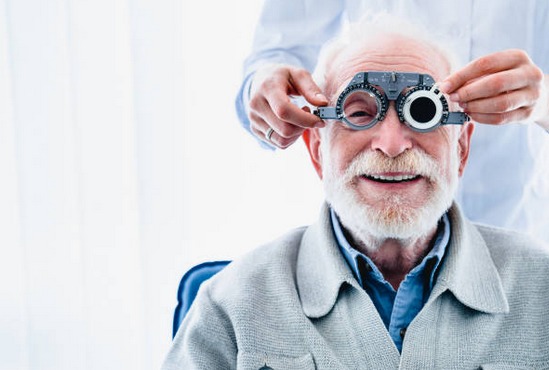




 Steroids are the predecessor of commercial growth hormones sold to bodybuilders. Therefore, their flaws are plenty. Steroid users are known to suffer from liver diseases, hair loss, and testicular atrophy. On the other hand, SARMs are much more perfected. They target specific parts in the body (bones and muscles) without interfering too much with the vital organs.
Steroids are the predecessor of commercial growth hormones sold to bodybuilders. Therefore, their flaws are plenty. Steroid users are known to suffer from liver diseases, hair loss, and testicular atrophy. On the other hand, SARMs are much more perfected. They target specific parts in the body (bones and muscles) without interfering too much with the vital organs.  Different stacks of SARMs have different purposes. Ligandrol and testolone are for bulking up. Ligandrol and YK-11 boost strength. And the combo-stack of ostarine, andarine, and castarine can transform your physical build drastically in only several weeks. However, you must note that SARMs require post-cycle therapy (PCT) because the stacking can suppress your natural hormone production. And to be sure whether you need it or not, it is better to consult a professional physician.
Different stacks of SARMs have different purposes. Ligandrol and testolone are for bulking up. Ligandrol and YK-11 boost strength. And the combo-stack of ostarine, andarine, and castarine can transform your physical build drastically in only several weeks. However, you must note that SARMs require post-cycle therapy (PCT) because the stacking can suppress your natural hormone production. And to be sure whether you need it or not, it is better to consult a professional physician. 
 Before you even think of buying the kratom pills, you should understand how they work. Above all, make sure that you know how they are taken. Initially, the kratom leaves are often chewed when they are fresh. However, you can also try eating dried leaves, but you will notice that they are a bit tough. Due to this fact, many people opt for kratom pills because they can be swallowed easily
Before you even think of buying the kratom pills, you should understand how they work. Above all, make sure that you know how they are taken. Initially, the kratom leaves are often chewed when they are fresh. However, you can also try eating dried leaves, but you will notice that they are a bit tough. Due to this fact, many people opt for kratom pills because they can be swallowed easily 






